When we think about pollution, most of us think of oil spills, plastic bags, littering, or maybe smog. But there’s another common type of pollution that harder to see but has infiltrated almost every part of our planet: microplastics.
What is Microplastic Pollution?
Microplastics are plastic particles, fibers, or fragments five millimetres in size or smaller. Some microplastics are created when larger items like plastic bottles, bags, or fishing nets are broken down through natural weathering. Others like clothing fibers and microbeads are already micro-sized when they enter the environment.
These tiny pieces of plastic enter the environment through a wide variety of sources, the most significant among them including manufacturing, packaging materials, car and truck tires, fishing, personal care products, and microfibers from clothing. Microplastics and microfibers have been found inside and outside our homes, on land, in the air, and in our oceans. Over time, these microplastics are collected by rain and local waterways, eventually washing into the ocean.

In the last three years, several countries including Canada and the U.S. have banned the manufacture, importation, and/or sale of personal care products containing microbeads. But what was that about clothing?
Fabric is made from fibers, and these break off while we’re wearing them and when we launder them. Microfibers come from both synthetic (polyester, nylon, acrylic, spandex) and natural (cotton, wool, linen, silk) fabrics, but synthetic fibers persist in the environment and in food chains in a way that natural fibers do not. Fleece is considered the worst culprit. One fleece jacket can shed as much as two grams of fibers per wash, or somewhere around 250,000 fibers!
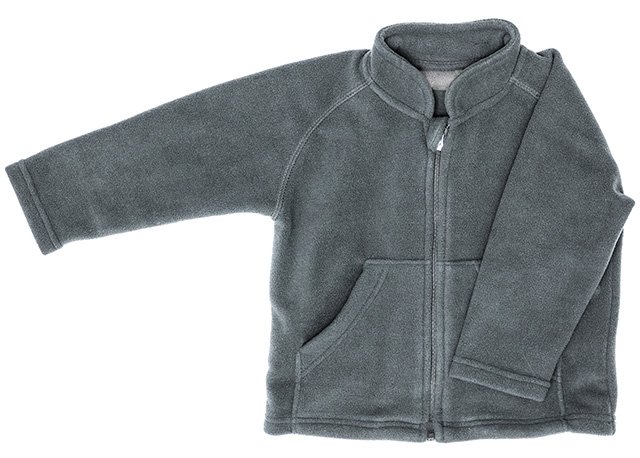
Fleece jackets are cozy and warm, and they shed microfibers everywhere you go.
Microfibers enter our environment in many different ways, from shipping and industrial waste to toothpaste and laundry. Scientists have found microfibers in virtually all animals throughout the food chain, from zooplankton on up to whales. This also includes humans who breathe, drink, and ingest microfibers and other microplastics from the environment.
Scientists are just beginning to research how microplastics affect the health of ecosystems, animals, and humans. Some early studies have shown that microplastics can impair fish reproduction and alter soil microbe communities. Other studies suggest that microplastics can impact the overall health of organisms due to leaching of the chemicals and polymers used in the manufacture of plastics in the first place. We don’t yet know exactly what impacts microplastics have on the environment and living things, but minimizing unnecessary exposure seems like a good strategy to start with.
What can we do? First and foremost, reduce your use of plastics as much as possible, particularly single-use plastic items, and ensure proper disposal of the plastics you do use. Another way that individual households can help is by addressing the microfibers released in your everyday laundry. You have a lint trap on your dryer. Why not on your washer too?
A Simple Laundry Solution: Filtrol 160
A little while ago I discovered an intriguing device called the Filtrol 160 that promised to filter out those troublesome microfibers from the washing machine before they go down the drain. The concept is simple. Install a filter between between your washer and the drain that removes the microfibers and other microplastics before they make their way into our streams, lakes, oceans, and drinking water.
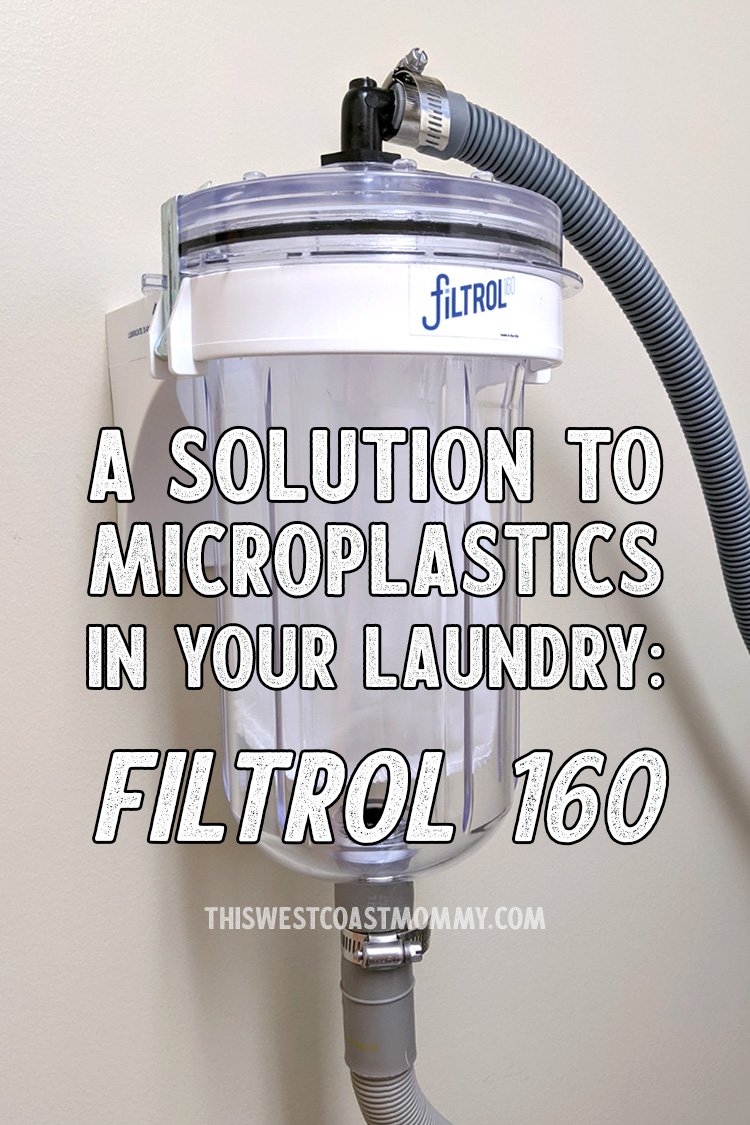
I was thrilled when the friendly folks at Filtrol sent us a kit so we could try it out on our own washer and show you how it works!

The Filtrol comes with everything you need for installation: the canister and wall bracket, lid, O-ring, one reusable filter bag, three different sizes of connector adaptors to fit most discharge hoses (3/4″ x 1″ elbow fitting, 1″ x 1″ elbow fitting, and 3/4″ x 1″ straight fitting), two adjustable hose clamps, silicone grease, and a five foot length of hose. All you need is a few basic home tools to finish the job: a drill, 2 screws, and a flathead screwdriver for tightening the hose clamps. A stud finder was helpful to determine the proper spot to install the wall bracket securely.
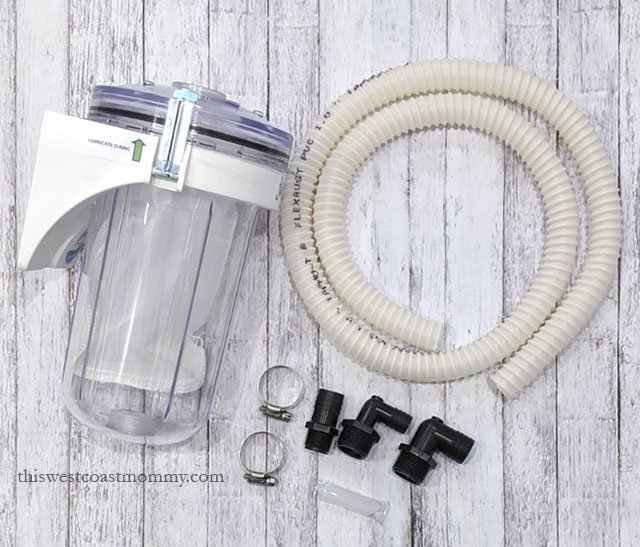
How Does Filtrol 160 Work?
During your washing machine’s wash cycle, the water picks up a significant load of microfibers. Instead of going down the drain, this dirty wash water is diverted into the Filtrol canister and and 100-micron mesh filter bag which catches up to 89% of those microparticles. The newly filtered water then drains out the bottom of the canister and into your usual outflow via the laundry sink, wallbox, or drain pipe.
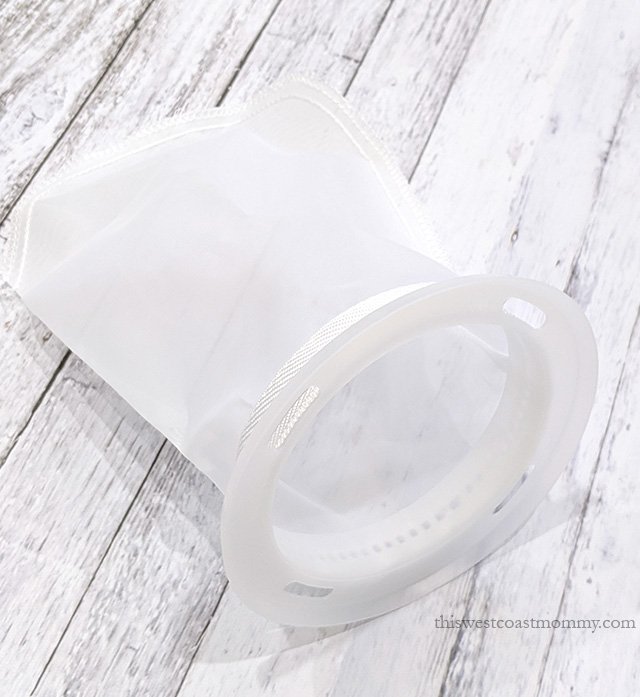
Depending on your laundry room, the canister can be installed in multiple locations to work with your washing machine and drain location. Here’s our set up below. The Filtrol comes with a five foot hose which should be sufficient for most washing machines, but due to the layout of our laundry room we ended up needing to buy a slightly longer one. It was a little finicky getting the canister in the right spot, and we had to use some trial and error to get it at the correct height to drain properly, but once we figured out the right height, we were able to just leave it to do its job.

The frequency of cleaning will depend on the types and amounts of materials you’re laundering, but on average the reusable filter will need to be cleaned every 8-10 washes. Filtrol notes that using fabric softener or too much laundry detergent can clog the mesh and reduce its effectiveness.
To clean, pop open the lid, pull out the filter, and manually remove all the microfibers and other microparticles. Turn the filter inside out to get as much out as possible. The bottom of the filter bag is curved so there are no sharp corners, making cleaning easier. Hand wash only; do not put it into the washing machine.
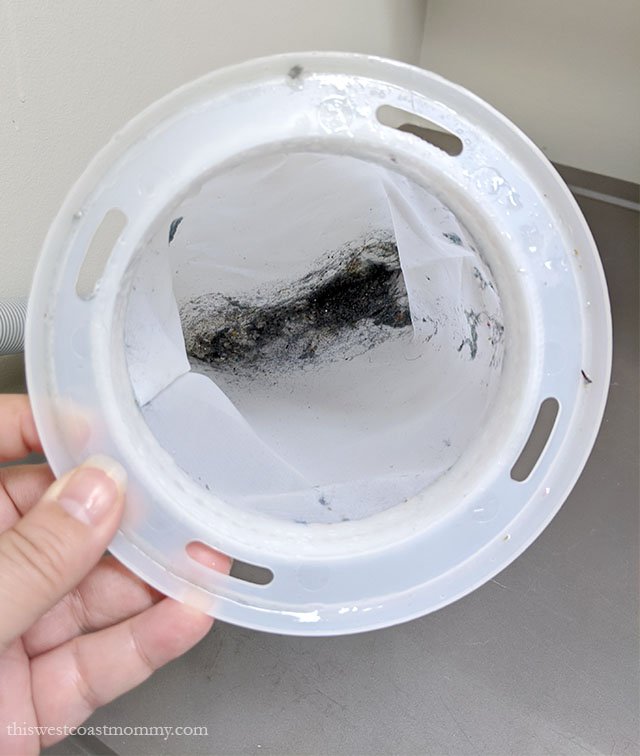
See those four holes in the rim of the filter? Nobody’s perfect, and it’s not completely outside of the realm of possibility that I could forget to clean the filter. Those holes serve as a built-in bypass, so if the filter becomes completely clogged, the water will overflow over the top, through the four holes, and continue on to the drain rather than backing up.
I can’t believe I’m airing our actual dirty laundry, but here’s what our filter looked like after 8 washes. Lots of microfibers, and a surprising amount of mystery glitter which truly is the herpes of the craft world. I haven’t allowed glitter into the house for years, yet there it is anyway.
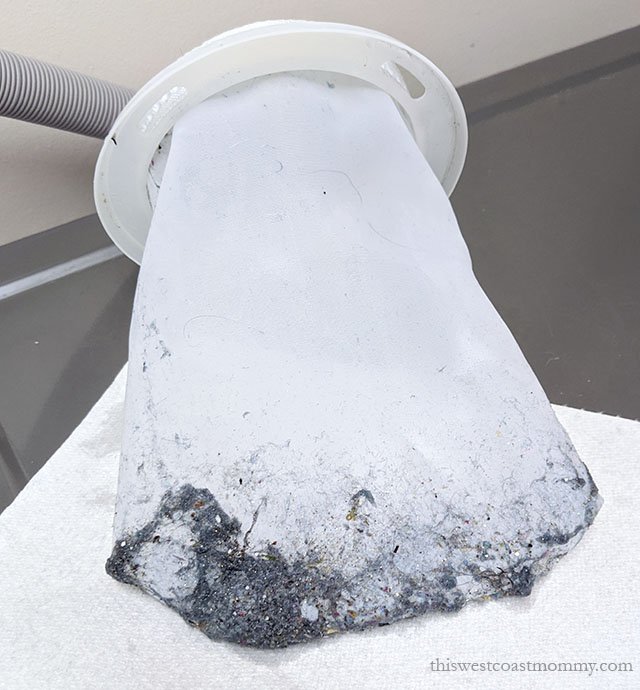
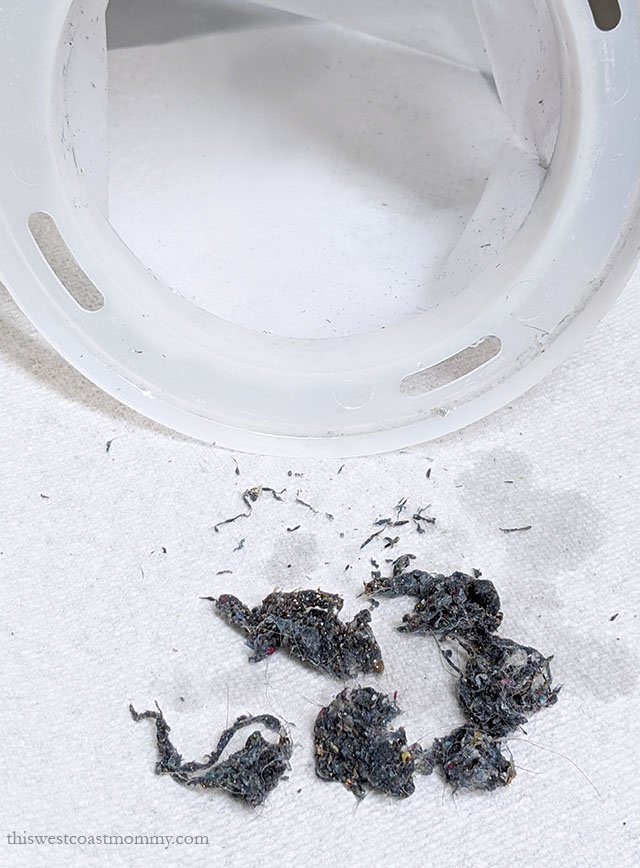
Ewww!
All washing machines should have a built-in filter, but until they do, a Filtrol filter is an excellent option that really works!



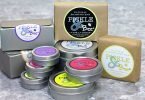



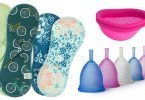
Every little bit we do to help the environment counts.
This is quite interesting. I did not know about the kits.
Wow I didn’t know any of this. Thanks for the information always learning with your blogs.
It’s wonderful that this new invention works to hewlp the environment.
What in the world?! This is amazing information. Why have I never heard of it before. Everyone should be doing this! Thank you so much I will get hubby to look into it for sure.
This is a wonderful article. I never knew there was such a filter that could take care of the micro fibers from washing the clothes. I am very careful on the clothes I buy to help with this problem. I
Interesting ideas we should all try.
This sounds very interesting, but what do you do with the microfibers you collect? How do you dispose of those in a responsible and sustainable manner? Aren’t you just pushing the problem down the road? We have a filter already on hand we could usee and were discussing this article over breakfast today but didn’t have a solution on disposal of the microfibers. Also, we are on a septic tank in the country, not a municipal system that discharges into a water treatment plant, so we are not sure how much of a benefit this would be to the environment, as all those microfibers are probably collected in our septic tank.
Good question! I hope someone will answer this question.
All the things I’ve been reading about the micoplastics in the water, in the lakes, in our and our children’s bodies is sad, because it is preventable. Awareness is always the key, so while we might think “what’s difference will I make”, if everyone did their part, it would make a big difference.
This product sounds very interesting.